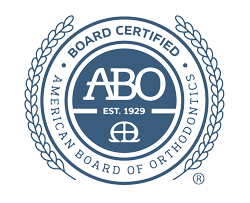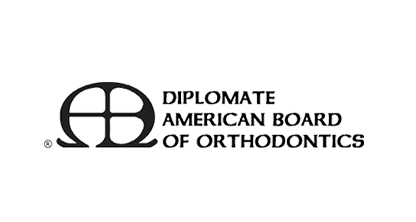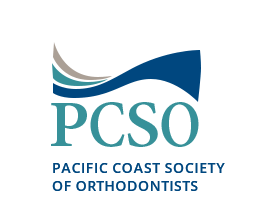Braces Specialist: Your Path To Straighter Teeth

Looking for a braces specialist? Read on to learn more. You might be hesitant to see a braces specialist if you already see a general dentist regularly. In some cases, patients have an individual situation that requires consulting a specialist. Generally, these professionals have more experience in orthodontics and a consultation with them might make the difference for patients who want to straighten their teeth.
What does a braces specialist do?
Orthodontists have additional education and training in orthodontics. This qualifies them as braces specialists. Orthodontists use dental appliances such as braces, aligners, and retainers to move teeth into new positions. Orthodontists treat many different types of dental problems, including misaligned teeth, crowded teeth or gaps between teeth, bite issues, and jaw misalignments.
It is possible to get a healthy and functional bite with orthodontic treatment. An improvement in the alignment and evenness of the teeth improves patients' speech, chewing, and eating abilities.
Additional training
Just like other dental professionals, orthodontists undergo the same education. The major difference is that they attend an orthodontic school and finish a two to three-year residency in orthodontics after dental school. A braces specialist is different from other dental professionals because they have received additional training.
During orthodontic residency, dentists receive extensive and targeted instruction on dentofacial orthopedics and orthodontics. Some orthodontists obtain board certification after completing an orthodontic residency.
Why should I see a braces specialist?
The most frequent reason for individuals to get orthodontic treatment is misalignment or malocclusion of the teeth. Due to genetic variations in the dimensions of the lower and upper teeth and the mouth and teeth alignment, these patients often have crowded teeth, irregular bite alignment, or misshapen jaws.
These problems can be complex and may require the experience and background that an orthodontist has that general dentists lack. Furthermore, orthodontists exclusively offer treatments related to their field. Orthodontists can become more skilled and proficient in a specific field of dentistry by focusing on it and performing more procedures in that specialty than general dentists.
Treatment approach
Patients with malocclusion often receive dental devices like braces and aligners. The orthodontist will bond the bracket, which can be metal, plastic, or ceramic, to the teeth front or back. The teeth are moved into place by a system of brackets and cables. Clear braces may be used for minor misalignment of the tooth. Patients with more advanced conditions may need headgear to shift the teeth. Periodic adjustments are necessary to ensure proper progress.
What happens during an orthodontist appointment?
During the first orthodontic appointment, the orthodontist is going to examine the patient’s mouth, take photos of the smile and face, and take X-rays and impressions of the teeth to create molds of the teeth. The orthodontist will recommend a treatment plan according to the patient’s dental health and history.
Final note
Even though most orthodontists and dental providers offer the same general services, the additional training that a braces specialist undergoes might offer distinct advantages to orthodontic patients. If you have misaligned teeth and are considering straightening treatment, contact our office today.
Request an appointment here: https://paramountorthodontics.com or call Paramount Orthodontics at (562) 367-7034 for an appointment in our Downey office.
Check out what others are saying about our dental services on Google: Braces Specialist in Downey, CA.
Related Posts
A smile assessment is the first step in any orthodontic treatment. The orthodontist will evaluate tooth position, gum health, and the bite to develop a personalized treatment plan. An assessment will also give the patient a chance to discuss priorities and learn what they can expect from treatment. Therefore, a smile assessment is the starting…
Clear aligners are one of the most popular methods in orthodontics to address issues with alignment. Over the years, the technology behind aligners has improved greatly, thus allowing for more and more issues to be resolved. In addition to the versatility behind clear aligners, they offer an array of benefits that other approaches do not…
A teen orthodontist is a trusted partner for adolescent patients to achieve healthy, confident smiles. These dental specialists can address teeth alignment and jaw concerns during this stage of oral development. After all, orthodontic treatment during the teenage years can be especially effective; the mouth and jaw are still growing, making them more responsive to…
Many parents wonder when to take their child to see a braces specialist, such as an orthodontist. This dental specialist can provide children and their parents with advice on the right time to start orthodontic treatment and decide if they need early orthodontic treatment. By scheduling an early orthodontic evaluation with a braces specialist, parents…






